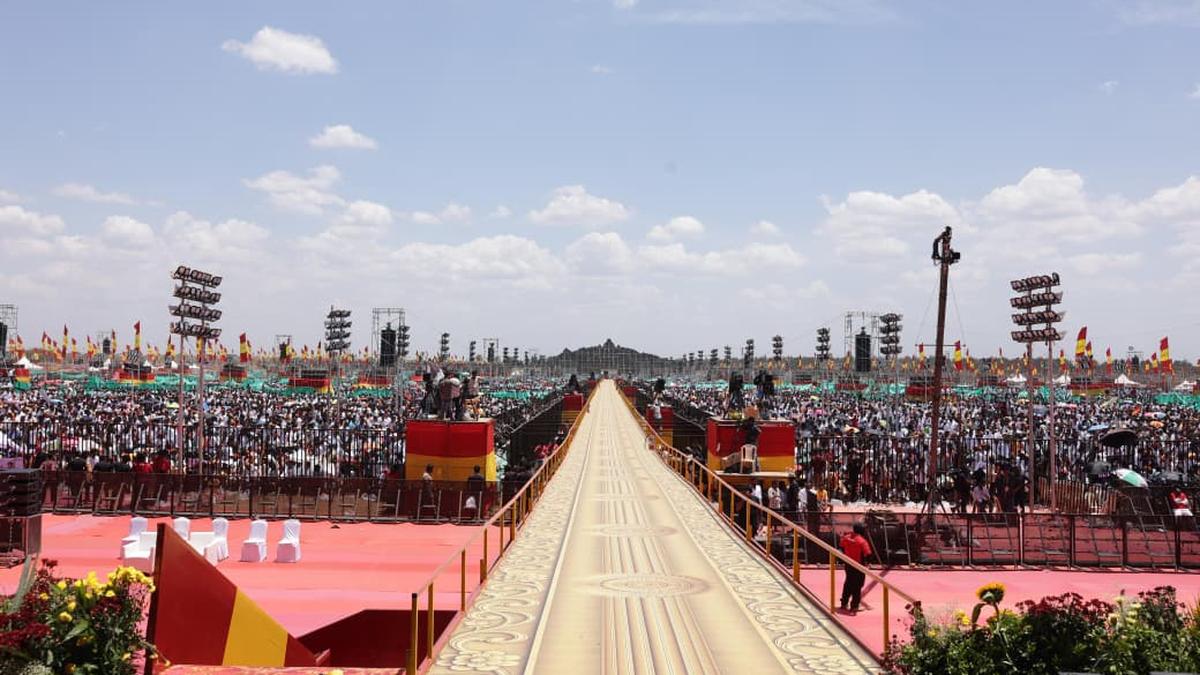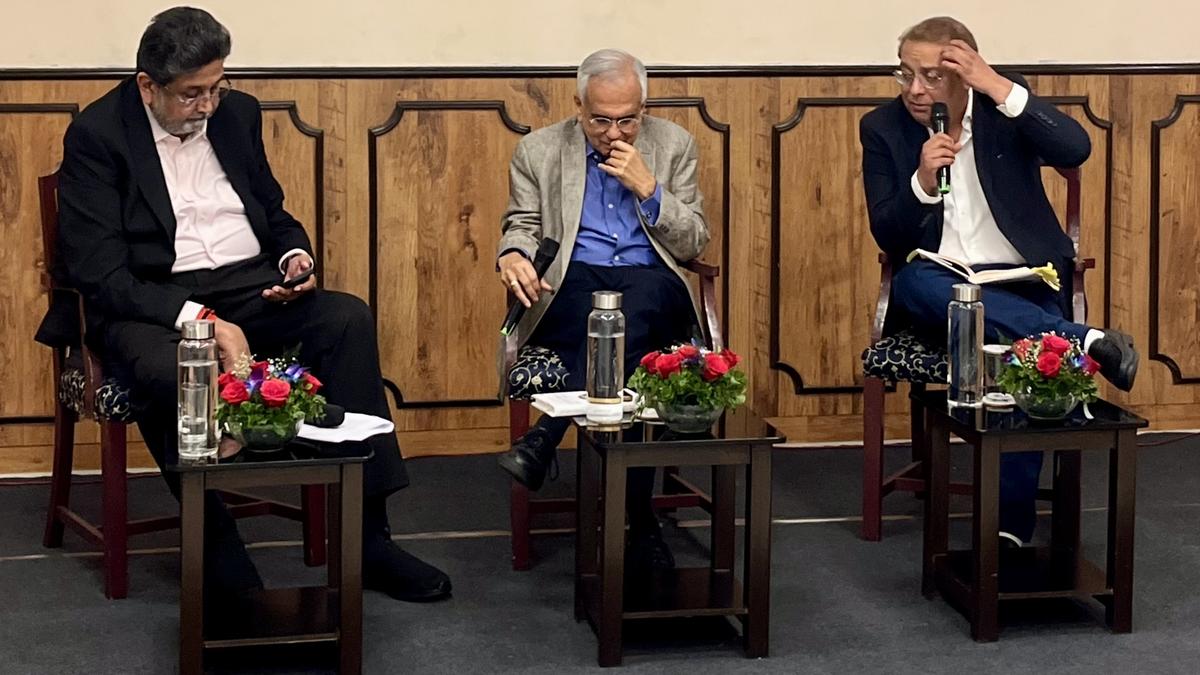Observing that the disputes between the Vadakalai and Tenkalai sects of Vaishnavites are “ticklish, sensitive, and a never-ending problem,” the Madras High Court has dismissed two writ petitions, which insisted on embossing the Vadakalai Namam (identification mark) on the silver kavacham (protective covering) affixed on the kulasekarapadi (a stone step that leads to the sanctum sanctorum) at Devarajaswamy Temple in Kancheepuram district.
Justice N. Anand Venkatesh said it was “not a fit case” where the court could exercise its discretion under Article 226 (writ jurisdiction) of the Constitution. He also said the court could not go into disputed questions of fact while exercising its writ jurisdiction, and that the parties would have to approach only the civil court in order to establish their claims by adducing oral as well as documentary evidence.
The orders were passed on writ petitions filed by Vadakalai Sri Vaishnava Sampradaya Sabha and an individual named T.E. Srinivasan in 2016. The petitioners had challenged a Government Order (G.O.) issued by the Hindu Religious and Charitable Endowments (HR&CE) department on July 7, 2015, refusing to emboss the Vadakalai Namam on the kavacham since it would create an “unnecessary controversy.”
The judge pointed out in 2011 that a donor named K.P. Viswanath had presented the silver kavacham to be affixed on the kulasekarapadi of the Devarajaswamy Temple. The kavacham was originally embossed with Adiseshan/Nagam (a serpent) between the sangu (conch) and chakram (wheel), which represent Lord Vishnu/Perumal.
However, when some of the devotees insisted that the Adiseshan be replaced with the Vadakalai Namam, the HR&CE Commissioner turned down their request on April 20, 2012. Though a review was preferred against the Commissioner’s decision, the State government too confirmed his order on July 7, 2015, to avoid unnecessary controversies and hence, the present writ petitions were filed.
Justice Venkatesh said though the writ petitioners had claimed that the original kulasekarapadi made of stone had been embossed with the Vadakalai Namam and hence, its kavacham too should contain the same depiction, such a claim had been disputed by the contesting respondents who had alleged that the Vadakalai Namam was unauthorisedly painted on the silver kavacham to make the claim.
“This court, while exercising its discretion under Article 226 of the Constitution, cannot get into the disputed questions of fact... The decision taken by respondents 1 (HR&CE Secretary) and 2 (HR&CE Commissioner) does not suffer from any illegality warranting the interference of this court. Such a decision is taken to avoid any further controversy. This is not a fit case for this court to interfere,” the judge concluded.



.png)
.png)
.png)
















 2 hours ago
3
2 hours ago
3









 English (US) ·
English (US) ·